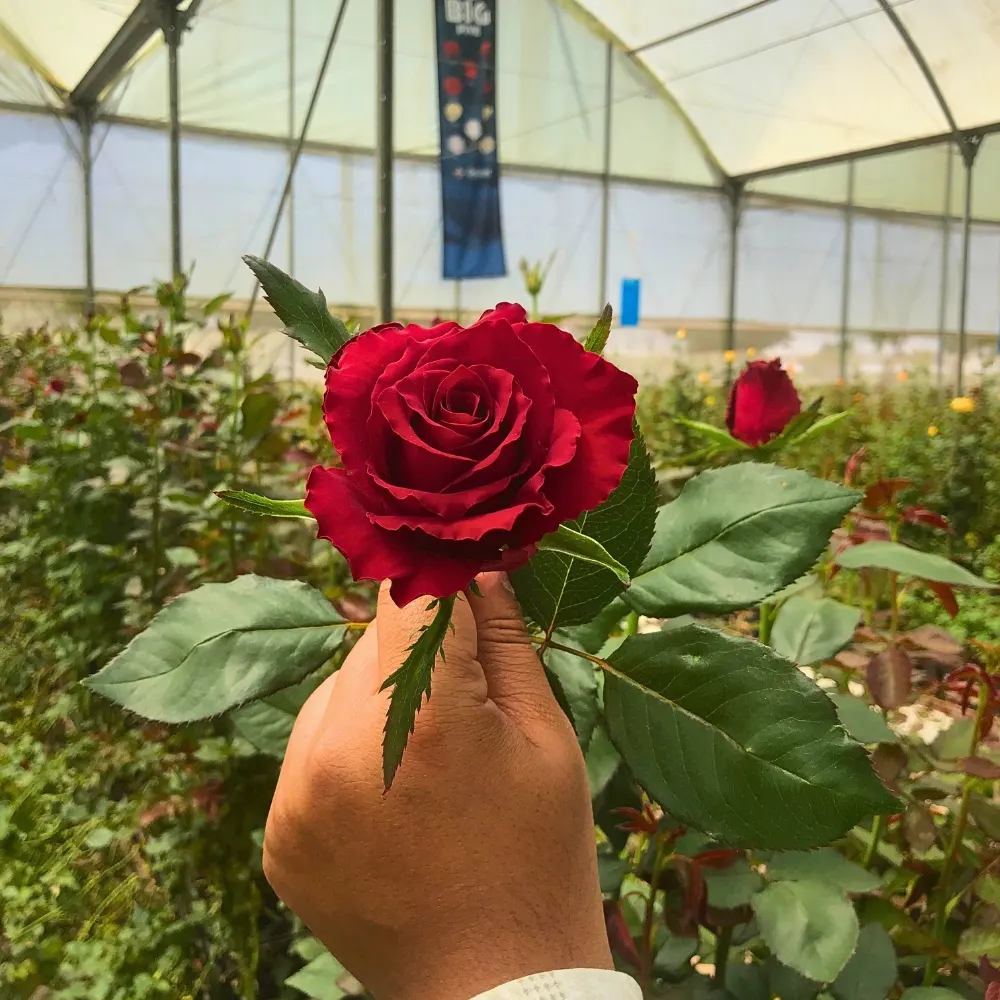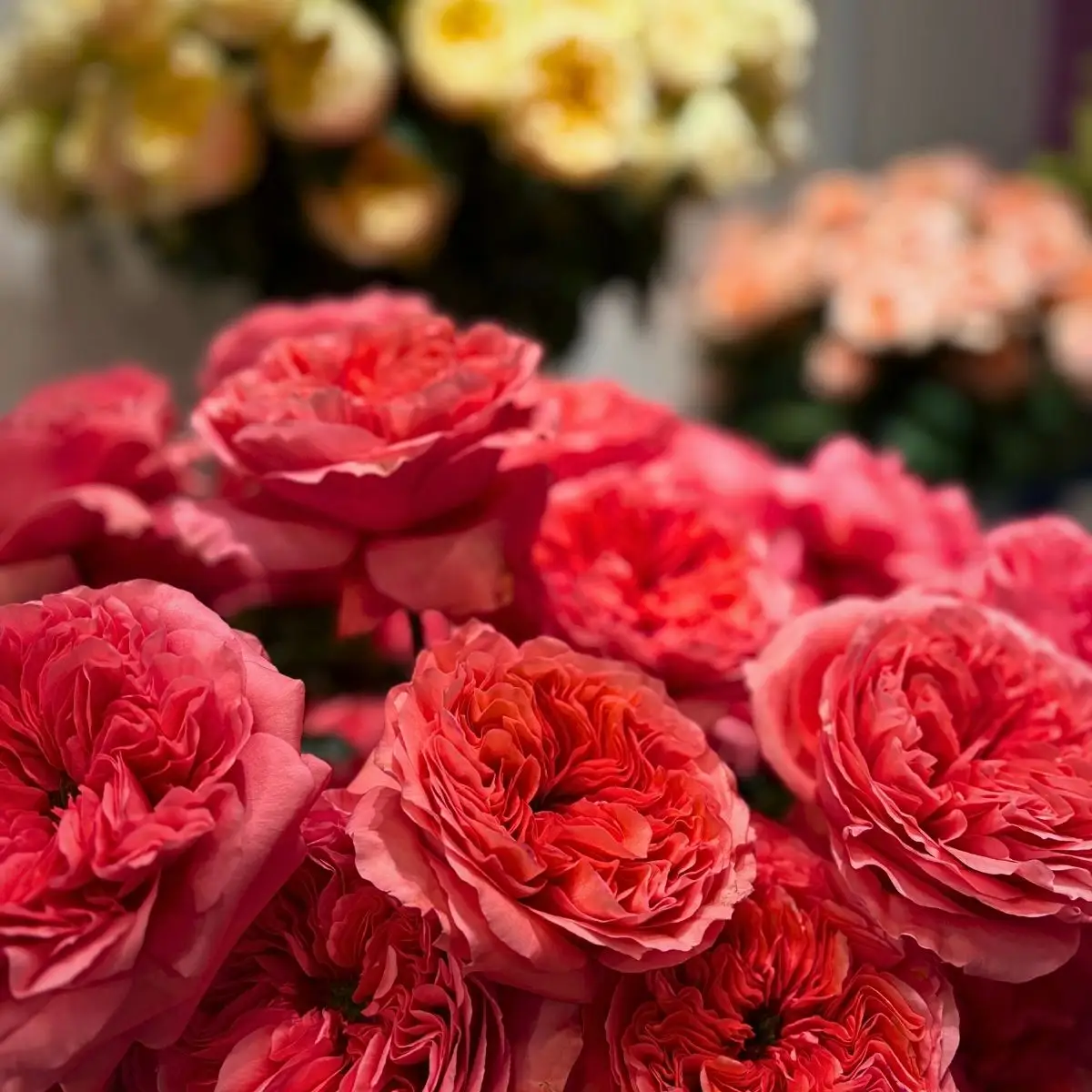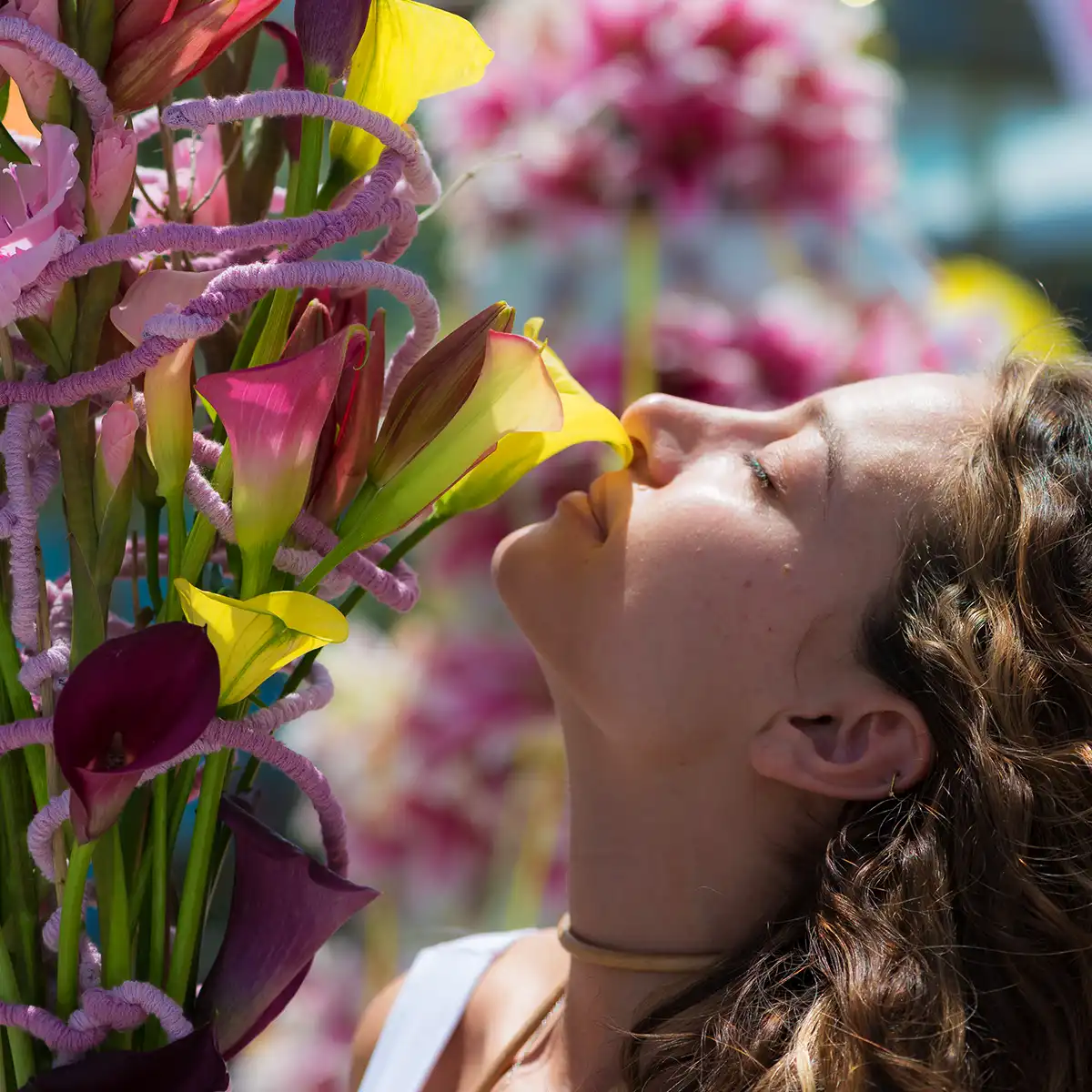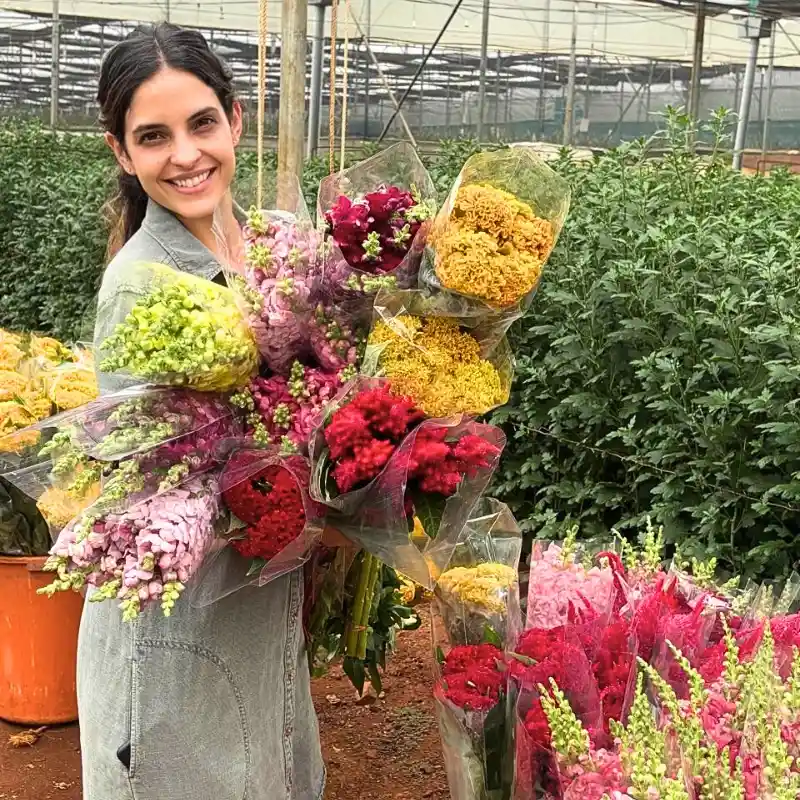Let's enter into the vibrant world of selective breeding where art meets science, creating a cornucopia of colors, shapes, and scents. This isn't just a profession, it's a labor of love and a journey into the beauty of life itself.
A Journey Into Selective Breeding
In our world of concrete jungles and screen glare, reconnecting with nature provides a sigh of relief, a moment of tranquility amidst the bustle. Among nature's delights, flowers bloom as jewels, not just as pleasing aesthetic objects, but also as beautiful evidence of life's resilience and adaptability. Let's journey into the colorful, fascinating, and slightly scientific world of flower breeding, and learn about its history, technicalities, importance, and wonders.
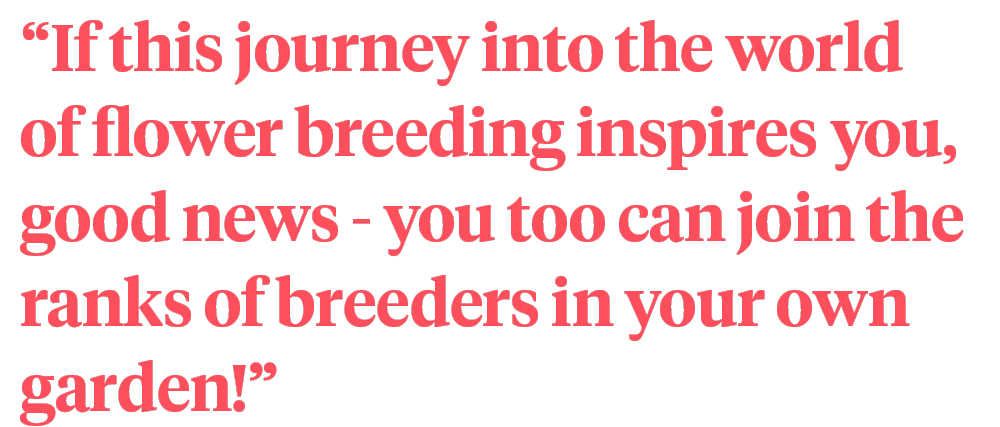
A Historic Fascination for Flowers
Selective flower breeding is as old as civilization itself. Humans have always been fascinated by flowers, their colors, shapes, and fragrance. Early Egyptians were among the first to attempt flower breeding. Depictions on papyrus scrolls dating back to 3,000 BC show images of popular flowers like poppies, roses, daisies, and lotus being cultivated and bred.
Centuries later, during the 16th and 17th centuries, 'Tulipomania' swept through the Netherlands, where tulip breeders created stunning new varieties, some of which were sold for enormous prices. These passionate breeders laid the groundwork for the science and art of flower breeding as we know it today.
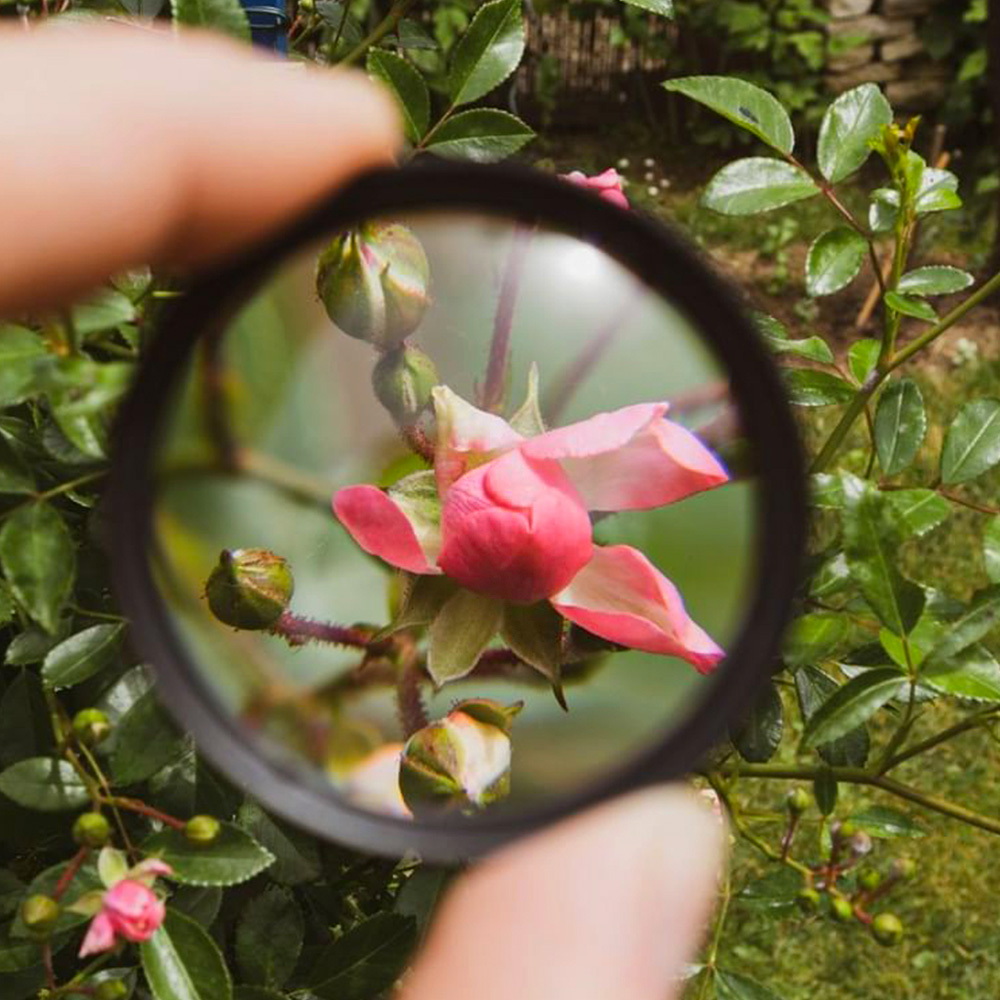
Photo by @kordesrosen.
An Example: Hybrid Tea Roses
Today we have a wide selection of roses in a plethora of colors and sizes, standard or spray. At the moment garden roses, also known as hybrid tea roses, are very popular for special celebrations and events.
The hybrid tea rose is a cherished class of garden roses, that emerged in France in the mid-1800s through the cross-breeding of hybrid perpetuals (reblooming flowers) and tea roses. This fusion created a remarkable balance of hardiness and repeat-flowering ability. Hybrid teas can be propagated through budding or cuttings, although grafted plants tend to be hardier and more disease-resistant.
In 1879, British breeder Henry Bennett introduced ten 'Pedigree Hybrids of the Tea Rose', establishing hybrid teas as a new rose class. Earlier contenders for the first hybrid tea rose include Rose La France and Rose Victor Verdier. Hybrid teas gained popularity in the early 20th century, thanks to roses like Rose Soleil d'Or and Rose Francis Meilland, which is perhaps better known as Rose Prince Jardiner. Notable breeders like the Meilland family, Mathias Tantau, and Wilhelm Kordes further enriched the hybrid tea rose collection with beloved varieties.
The Symphony of Science, Art, and Sometimes a Little Luck
Flower breeding is a marriage of art and science. At its core, it involves selecting parent plants with desirable traits and crossing them to produce offspring with improved or unique characteristics. Traits can include color, shape, size, scent, disease resistance, and adaptability to various climates.
The key technical aspects include controlled pollination, seed collection and germination, and selection and propagation of the most promising offspring. These processes can take years, even decades, but the results – stunning, hardy, new flower varieties – are well worth the patience.
Why Flower Breeding Matters
Beyond the creation of visually pleasing varieties, flower breeding plays a crucial role in maintaining biodiversity. It helps plants adapt to changing climates, resist pests and diseases, and even contributes to the global economy through cut flower sales and ornamental plant industries. But most importantly, it contributes to the conservation of plant genetic resources, preserving the rich tapestry of life on Earth.
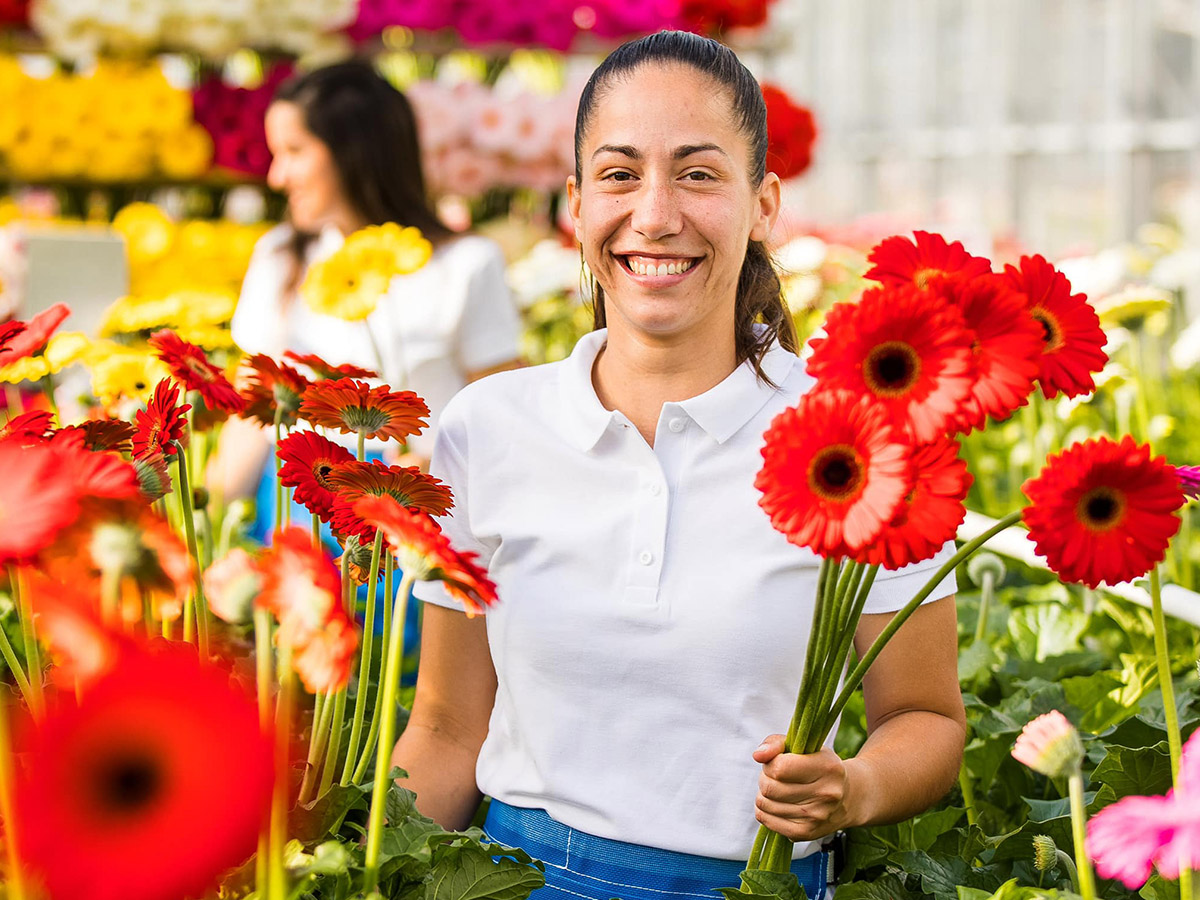
Photo by Schreurs Roses & Gerberas.
The Horticultural Chain: From Breeder to Consumer
In the horticultural chain, the breeder is phase 1. It all starts with a breeder that, in its laboratory or in the fields, discovers new varieties of flowers and plants by crossing or mutation of existing species. Often breeders are performing many tests simultaneously, and once in a while, they are able to select one or two varieties that are commercially feasible.
Then this newborn variety goes to the 2nd phase. For bulbous flowers, it means hatching and forcing the cultivar, expanding the number of bulbs so they can be sold to the growers. For many plants, like begonias, it means propagating young plants on a larger scale as starting packages for plant growers. For shrubs and seeds, it works differently; they are easier and faster to multiply, so they move from phase 1 to phase 3: the grower.
The job of a grower is to produce the best possible flowers and plants from the starting material (bulbs, shrubs, seeds) in large quantities to supply the market, which are wholesale traders and eventually florists and consumers further up in the floral chain.
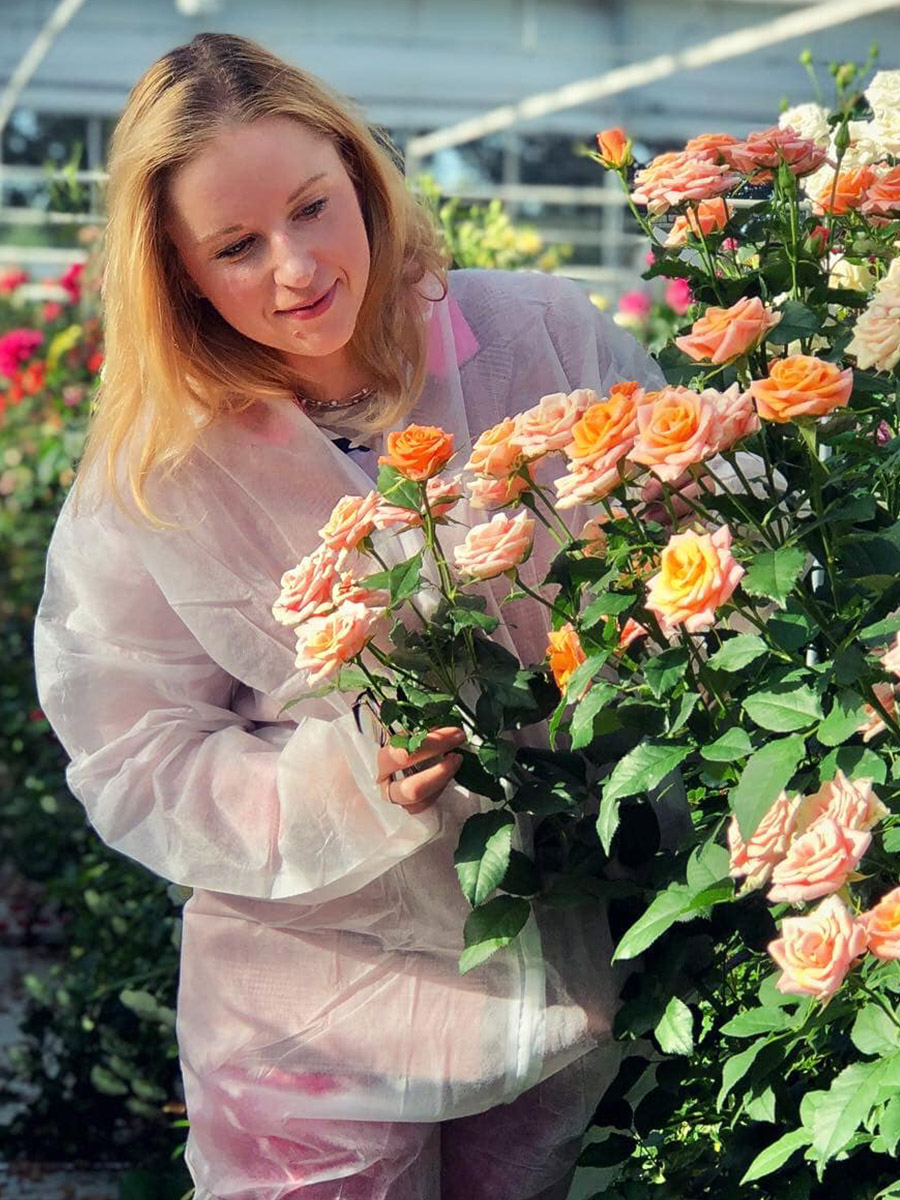
Photo by Katya Hutter at De Ruiter.
Important Breeding Companies Around the World
Very few consumers that buy flowers and plants will be able to tell which grower the purchased flowers come from. So, naming the breeder is even a step further away from their knowledge or interest. Therefore, it is time to introduce some of the world's most important breeding companies.
The world is divided into climate zones, and each zone has its own specifications to grow certain products and varieties. Therefore, many breeders have nurseries on several continents, mostly in Europe, Africa, and South America.
Rose breeders like United Selections, De Ruiter, Schreurs, and Jan Spek Rozen are located in the Netherlands, but also in East Africa and South America. Dutch company Royal Van Zanten has a large assortment of both cut flowers and plants, so they have also farms as far out as Australia and New Zealand. Könst Alstroemeria has its facilities in the Netherlands, but also a greenhouse in Colombia.
The breeding process at United Selections explained in a 2-minute YouTube video:
You will find Kapiteyn 'Captain' Calla from the Simply Calla project spread all over the world, just like plant and cut flower breeder Florensis, Selecta One, and MNP / Suntory. Plant breeders Koppe Begonia have spread their wings to Portugal to produce their young plants.
But also breeders of more exotic plants like anthuriums and orchids, such as Floricultura, are located in various spots like Brazil and the USA.
There are some famous US-based breeders who are, naturally, more focused on the Latin region, like Ball SB and PanAmerican Seed.
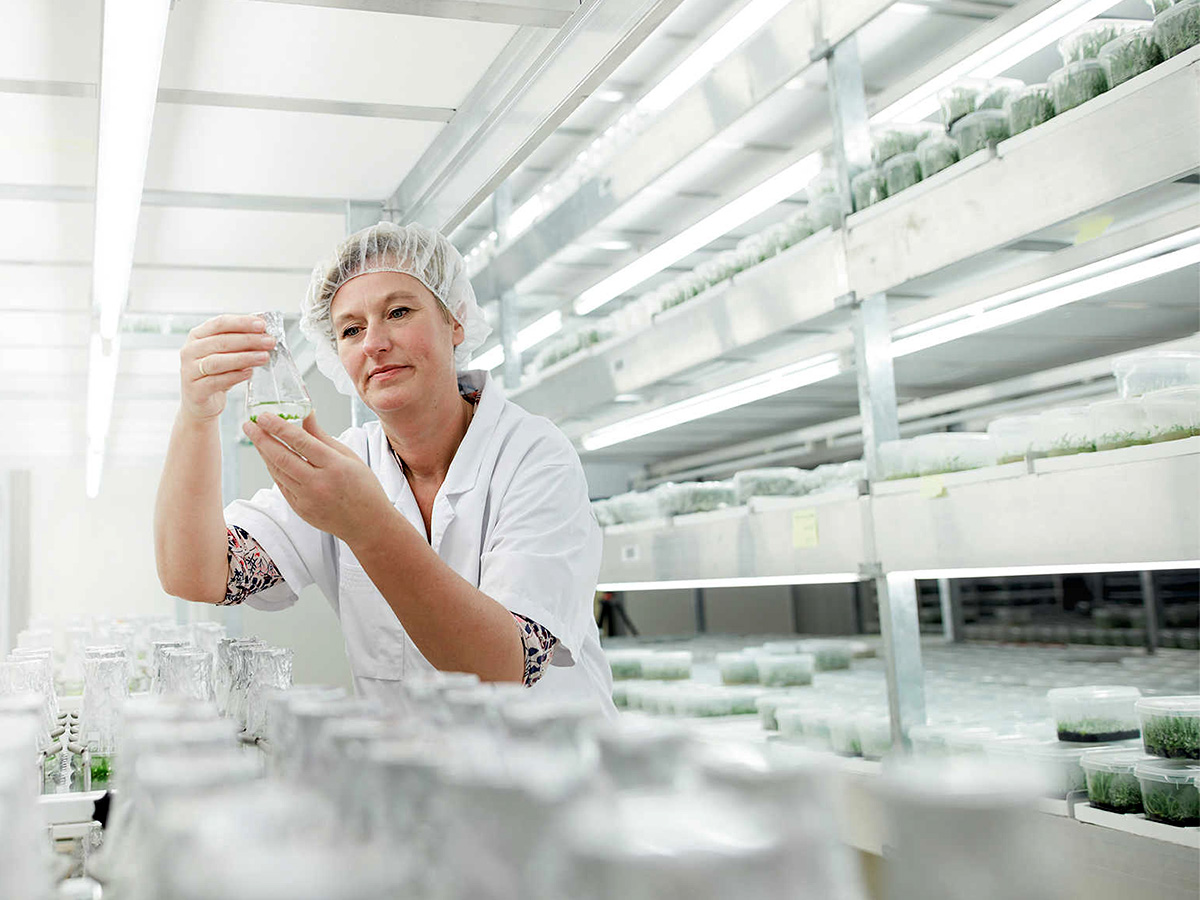
Breeding Beauty at Home
It is important to note that breeding techniques can differ depending on the plant species and the ultimate goal of the breeding; so, there are various ways to breed a flower or plant. To be honest, not every way is suitable for trying at home.
- Crossing: In this method, the flowers of two different plants with desired characteristics are pollinated with each other to create new combinations of genes.
- Selection and propagation: Plants are selected on the basis of their desired characteristics, such as color, smell, yield, or disease resistance. These selected plants are propagated by, for example, cuttings, sowing, grafting, or tissue culture.
- Chemical or physical mutagenesis: By using chemicals or radiation, mutations are generated in the plant's DNA. This can create new properties that can then be selected and increased. You would need a smart home laboratory for this.
- Genetic modification: Using modern biotechnological techniques, specific genes can be inserted or switched off in the plant. This can lead to improved traits, such as increased yield, improved nutritional value, or resistance to diseases.
If this journey into the world of flower breeding inspires you, good news - you too can join the ranks of breeders in your own garden! Forget the laboratory and DNA modification stuff, and just begin on an easy level. Start with simple species like marigolds or sweet peas. Select two plants with traits you admire. Then, using a small brush, transfer pollen from the stamen (male part) of one plant to the pistil (female part) of the other. Harvest and plant the resulting seeds, then watch as a new generation – possibly bearing the traits you selected – springs to life!
Good luck! You might end up finding the next big red or white and by chance even a blue rose, or the long-sought-after real black tulip... Who knows, it's all a journey of discovery...
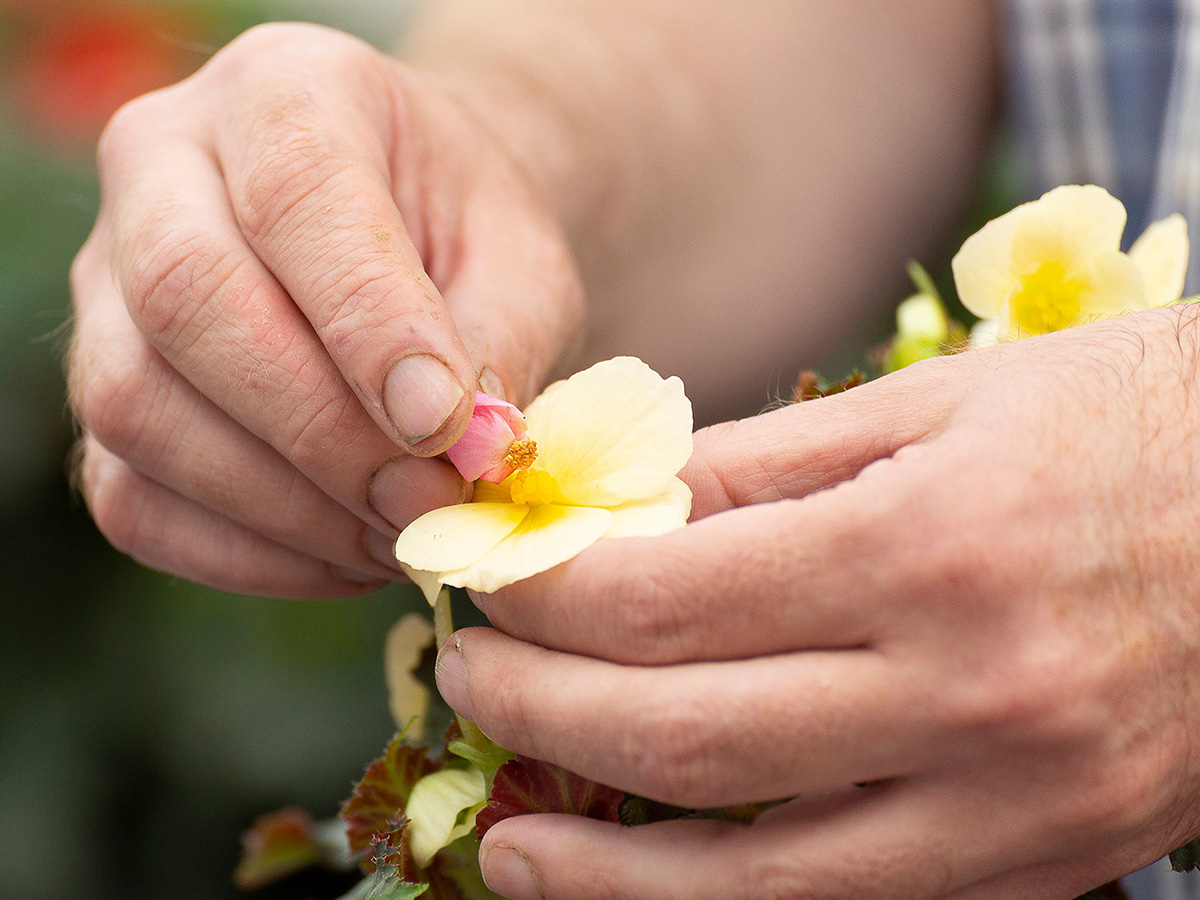
Photo by Koppe Begonia.
A Parade of Petal Perfection
There have been countless successful flower breeds throughout history. The 'Peace' rose, bred in the mid-20th century, is a famous example, with its large, creamy yellow flowers delicately edged in pink. The stunning 'Black Tulip' is another, a triumph of modern breeding, as close to a true black flower as nature allows.
Modern breeding has also given us the 'Stargazer' lily, with its dramatic, bold colors and heavenly scent. Equally impressive is the 'Elegance White' Iris, a perfect blend of purity and sophistication. Each of these breeds represents years of dedication, patience, and a deep understanding of nature's ways.
Creating the Beauty of Life
Flower breeding is a testament to the beauty of life, an illustration of nature's incredible adaptability, and a demonstration of the wondrous results when science and art intertwine. Breeding flowers is a labor of love, a lifelong dedication, but above all, it's a journey into the essence of life itself. As we cultivate, breed, and enjoy these living gems, we become not just spectators, but active participants in the grand symphony of nature.
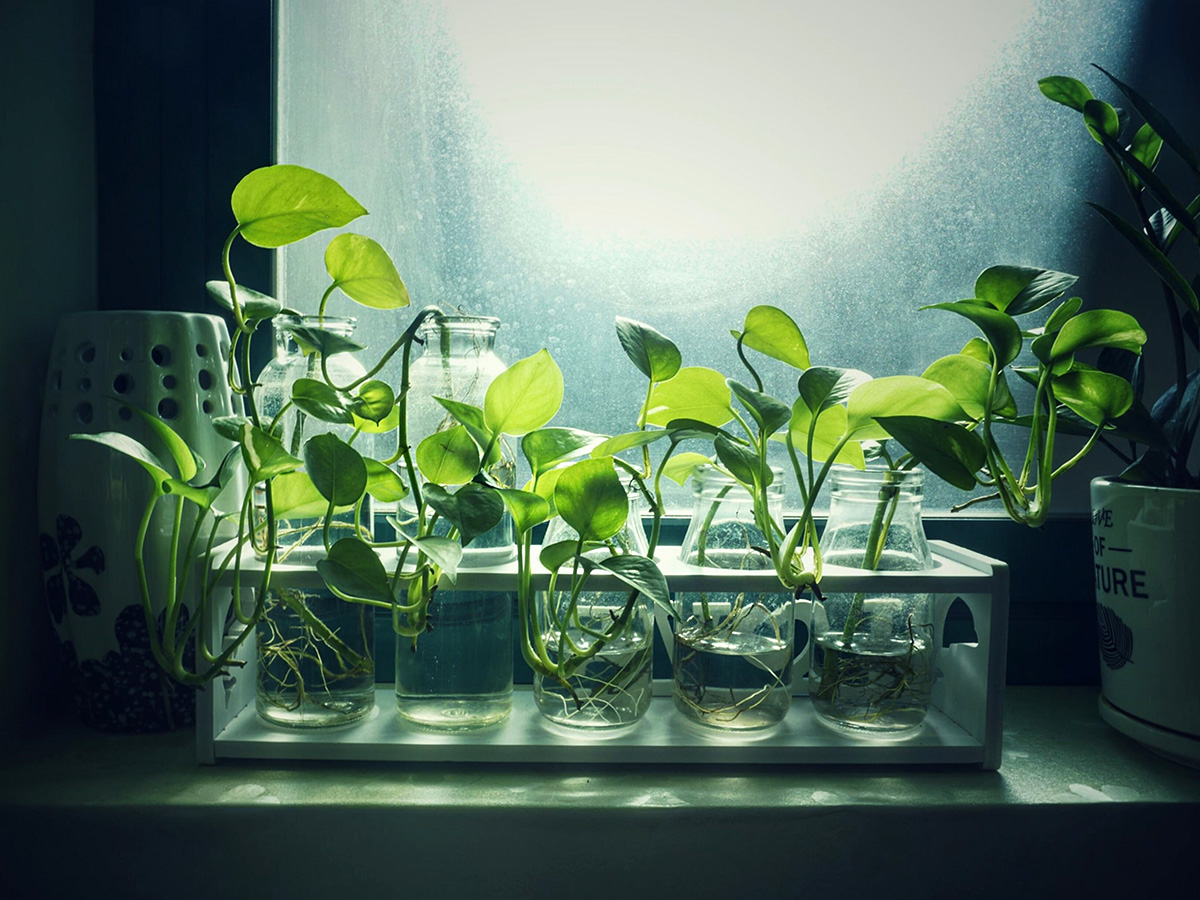
Photo by minhtri8725493 from Pixabay.
Header image by Royal Van Zanten.

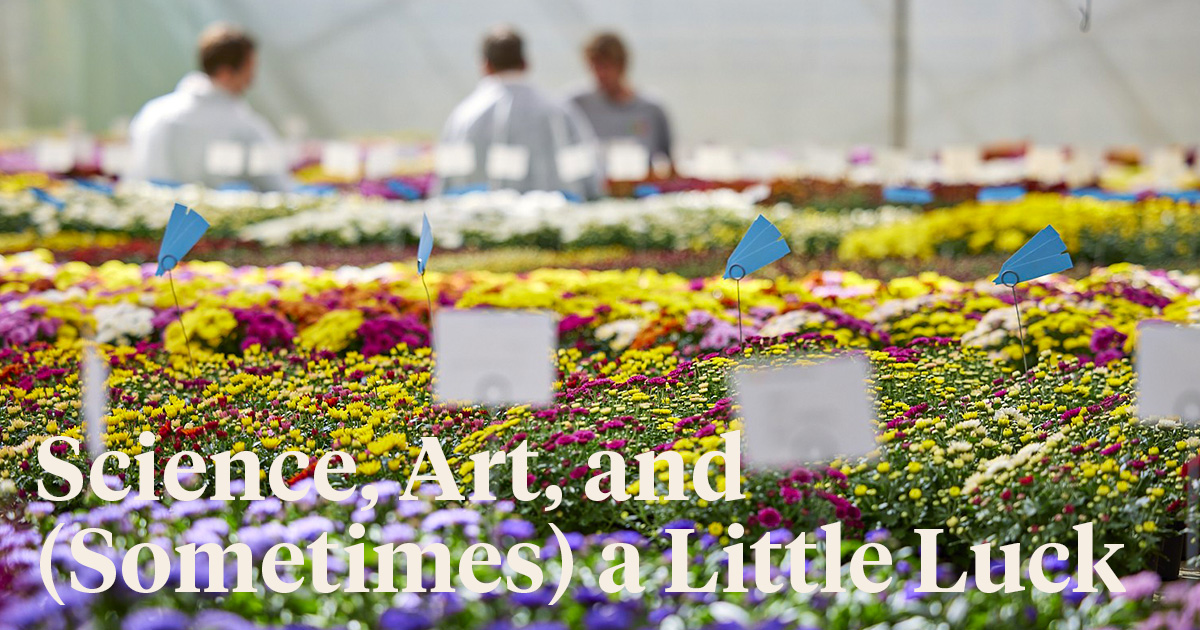
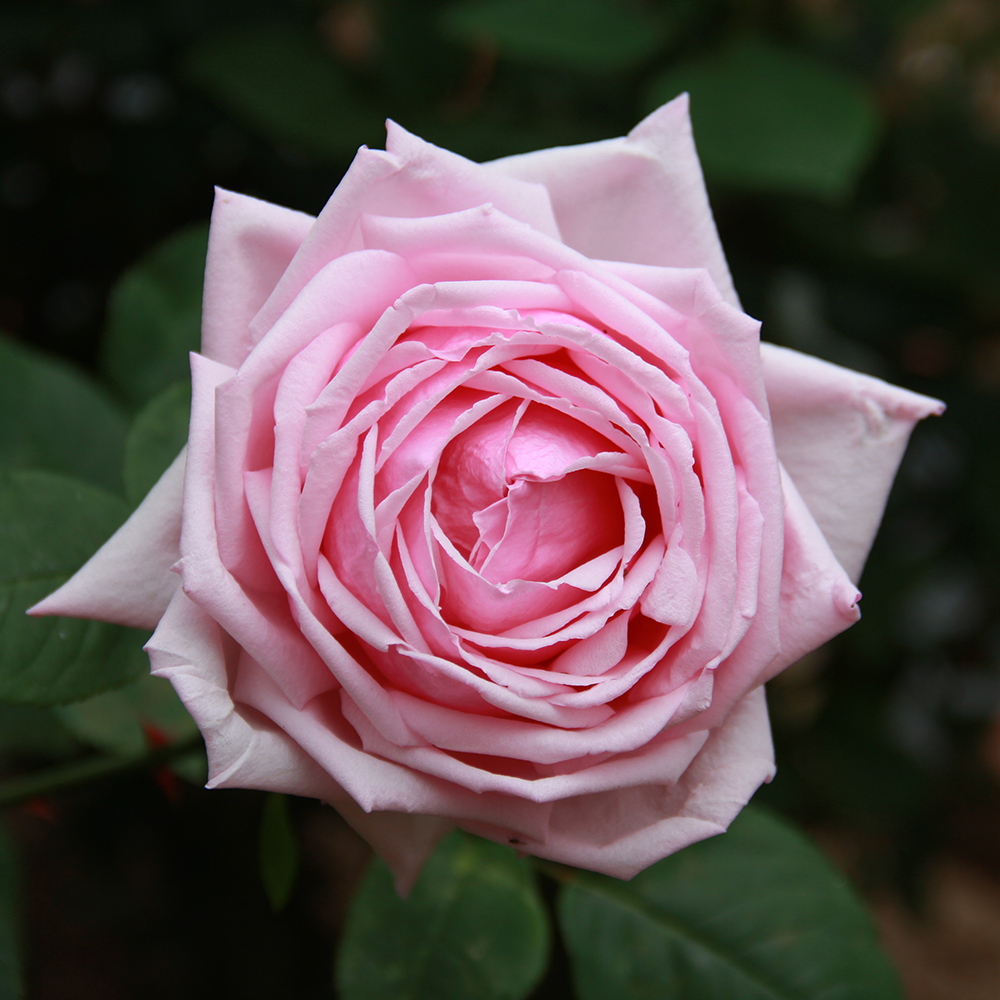 Rose France
Rose France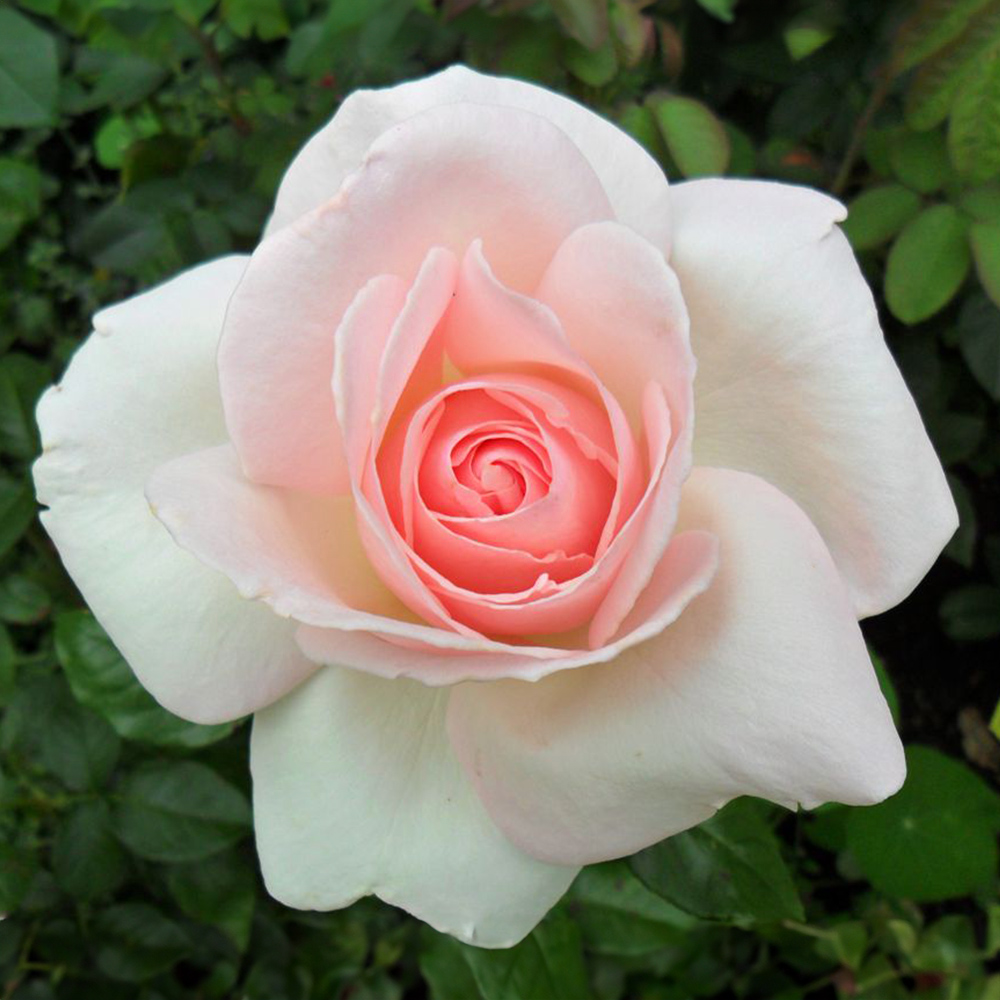 Rose Prince Jardinier
Rose Prince Jardinier